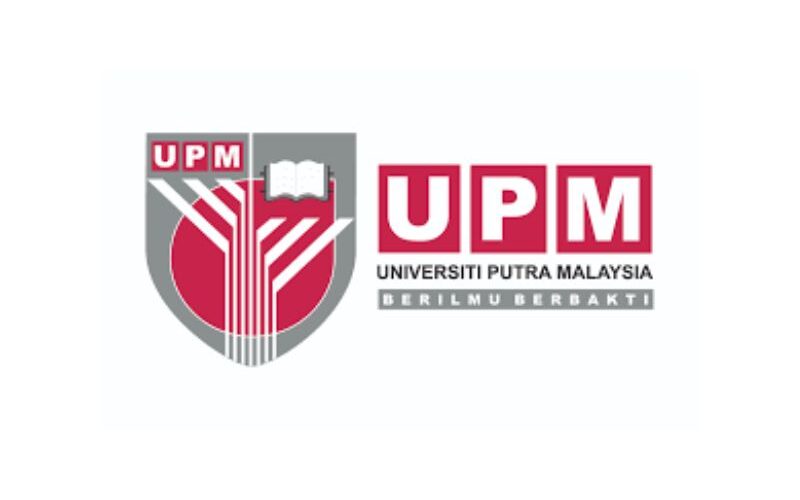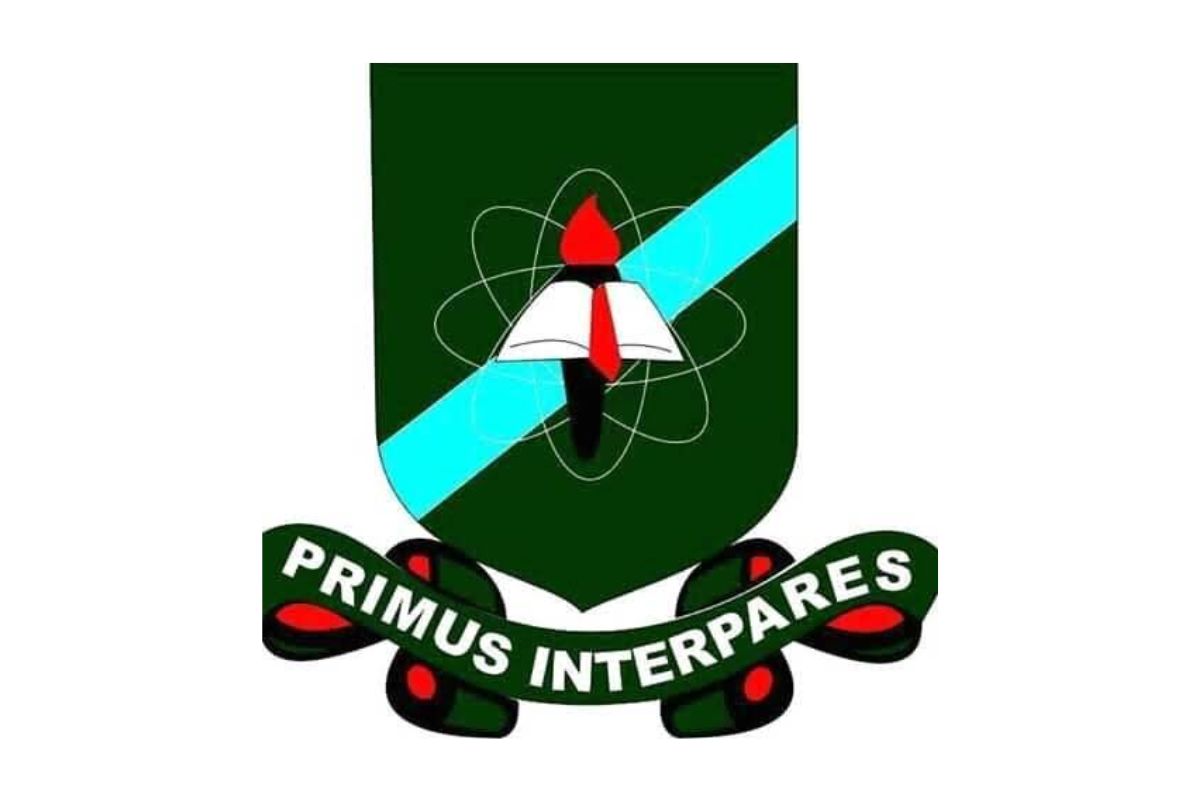For postgraduate students at Universiti Putra Malaysia (UPM), a leading research-intensive university, the digital landscape is an integral part of the academic experience. At the heart of this digital ecosystem lies the UPM Postgraduate Student Portal. This platform is far more than a simple website; it is the central nervous system of your postgraduate journey, a dynamic hub that connects you to the vast administrative, academic, and research resources of the university. This guide will provide a detailed, step-by-step walkthrough of the login process, explore its extensive features, address common troubleshooting issues, and outline best practices to empower you throughout your studies.
The Step-by-Step Login Process
Gaining access to this wealth of resources begins with a secure login procedure. Follow these steps meticulously to ensure seamless access.
1. Accessing the Official Portal:
The first and most crucial step is to navigate to the official UPM Postgraduate Portal login page. To avoid phishing sites, it is always safest to type the URL directly or use a bookmarked link. The primary gateway is typically accessed through the main UPM website (www.upm.edu.my). Navigate to the “Prospective Students” or “Current Students” section and look for the link to the postgraduate portal or ISIS. The direct URL is often something like https://isis.upm.edu.my or a dedicated postgraduate login page. Always verify the correct URL from official UPM communications.
2. Entering Your Credentials:
On the login page, you will find fields for your user credentials.
-
Username: This is your unique student identification number provided by UPM upon registration (e.g., your matric number).
-
Password: This is the confidential password you created during your initial account setup. For new students, this is often a default password provided by the university, which must be changed upon first login.
Advertisements
3. Authentication and Security:
UPM takes cybersecurity seriously. You will be required to complete a CAPTCHA challenge to prove you are not a robot. Furthermore, the university may have implemented or may be in the process of rolling out more advanced security measures like Two-Factor Authentication (2FA) for added protection. Always be prepared to verify your identity through a secondary method if prompted.
4. Successful Login and Dashboard Overview:
After successfully entering your credentials, you will be redirected to your personalised student dashboard. This homepage is your command centre, typically featuring widgets and menus with announcements, quick links to important functions, and a summary of your academic status.
Portal’s Key Features
Once inside, the portal unveils a comprehensive suite of tools designed to manage every facet of your postgraduate life. The features are robust and tailored to the unique needs of advanced-degree students.
1. Academic Administration:
-
Thesis and Research Management: This is the cornerstone for research students. The portal allows you to:
-
Submit your research proposal for approval.
Advertisements -
Upload your thesis for examination (often through a separate system like the Thesis Submission and Examination System linked from the portal).
-
Monitor the status of your thesis examination and view reports from examiners.
-
Manage your supervisory committee details and meeting schedules.
Advertisements
-
-
Course Registration and Management: For coursework students, the portal enables you to register for modules each semester, view your class schedule, drop or add courses within specified periods, and access your final exam timetable.
-
Academic Performance: View your semester grades, track your Grade Point Average (GPA), and access your official academic transcript requests.
2. Financial and Registration Status:
-
Fee Management: View your detailed fee structure, check your payment status, and see receipts for online payments made through the integrated payment gateway. This is crucial for ensuring your registration is active each semester.
-
Stipend and Financial Aid: For students on scholarships or assistantships, the portal often provides details on your monthly stipend, payment history, and any related financial aid information.
3. Research and Support Services:
-
Library Resources: Direct links to the UPM library system (e.g., PSAS), allowing you to search for journals, books, and electronic theses, renew borrowed items, and access online databases remotely.
-
Ethics Approval: Links or information for submitting applications for research ethics approval, a critical step for any research involving human or animal subjects.
-
Turn it in Integration: Access to plagiarism checking software for your thesis chapters and research papers before formal submission.
Advertisements
4. Personal and Communication Tools:
-
Profile Management: Update your personal contact information, including your address, phone number, and emergency contact details. Keeping this information current is mandatory.
-
Official Announcements: The primary channel for receiving crucial updates from the School of Graduate Studies (SPS), your faculty, and the university administration regarding deadlines, workshops, and policy changes.
Advertisements -
University Email: Access to your official UPM email account, which is the primary mode of formal communication between the university, your supervisors, and you.
Troubleshooting Common Login and Technical Issues
Technical difficulties can and do occur. Knowing how to resolve them quickly is key.
-
“Invalid User ID or Password”: This is the most common issue. First, ensure your Caps Lock is off and you are entering the correct numeric student ID. If sure, use the “Forgot Password” or “Reset Password” link. This usually involves verifying your identity through your registered email or phone number to create a new password.
Advertisements -
Portal Page Not Loading or Displaying Errors: Check your internet connection. Clear your browser’s cache and cookies, as outdated data can cause conflicts. Try using a different browser (Chrome, Firefox, or Edge are recommended) or a different device.
-
Error Messages After Login: Note the exact error code or message. This information is vital when contacting the IT helpdesk. Often, issues can be related to browser compatibility or required plugins like Adobe Reader.
-
Missing Features or Data: If certain modules (e.g., thesis submission) are not appearing, it could be because they are only activated at specific stages of your study or due to a registration hold. Contact your faculty or SPS administrator for clarification.
Advertisements
Best Practices for Secure and Efficient Portal Use
-
Bookmark the Official Login Page: This prevents typos and avoids phishing sites.
-
Never Share Your Login Credentials: Your portal contains highly sensitive personal, academic, and financial data. UPM staff will never ask for your password.
-
Log Out After Every Session: Always click the “Log Out” button, especially on shared or public computers, to prevent unauthorised access.
Advertisements -
Change Your Default Password Immediately: If you are given a default password, change it to a strong, unique password on your first login.
-
Check Regularly: Make it a habit to log in at least once a week to check for new announcements, monitor your academic status, and ensure you never miss a critical deadline.
-
Use a Secure Connection: Avoid logging in over public Wi-Fi networks. If necessary, use a Virtual Private Network (VPN) to encrypt your connection.
Advertisements
Conclusion
The UPM Postgraduate Student Portal is not merely an administrative tool; it is the digital embodiment of your academic journey at University Putra Malaysia. It empowers you to take ownership of your studies, from the initial research proposal to the final thesis submission. By mastering the login process, thoroughly exploring its rich features, and adhering to cybersecurity best practices, you transform this platform from a simple website into your most powerful ally. Embrace it as your virtual campus, and let it streamline your path towards achieving your postgraduate ambitions.







